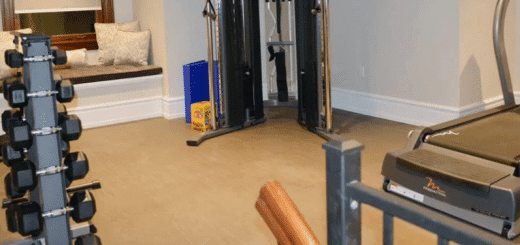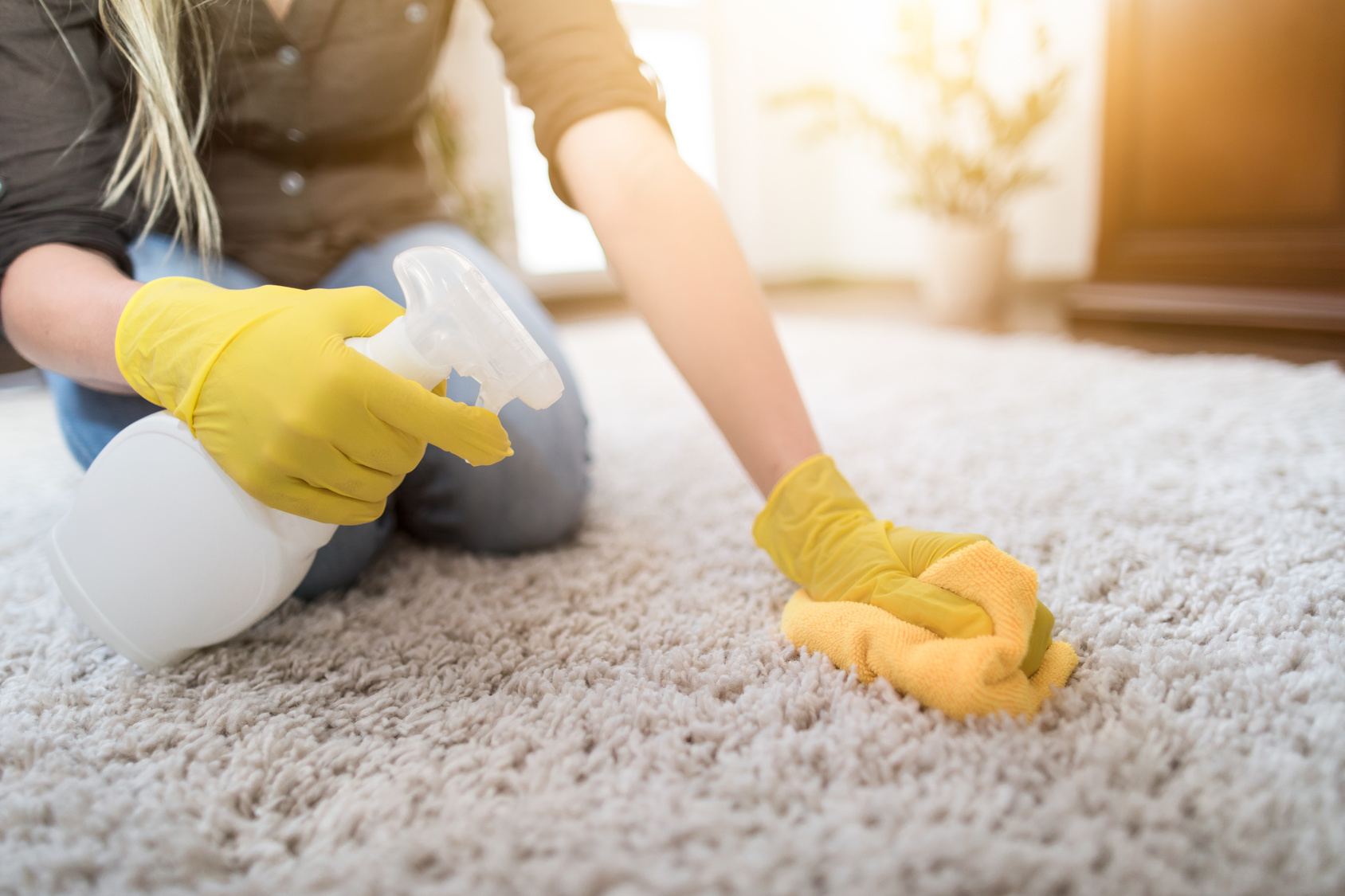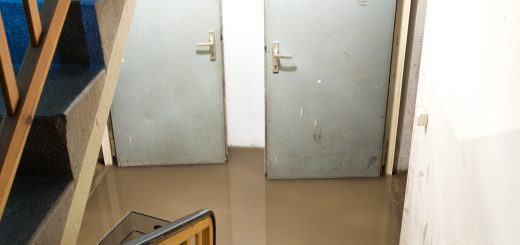How to Unclog a Double Kitchen Sink with Standing Water
Installing a double sink in your kitchen significantly increases the space available for handling various tasks. However, there’s a downside: food particles can become trapped in the drain, leading to clogs. It’s crucial to master the technique of unclogging a double kitchen sink filled with standing water while also addressing any grease accumulation. This guide from water damage experts will explore the reasons behind clogs in double kitchen sinks, the costs associated with unclogging, and several effective methods for clearing these blockages.
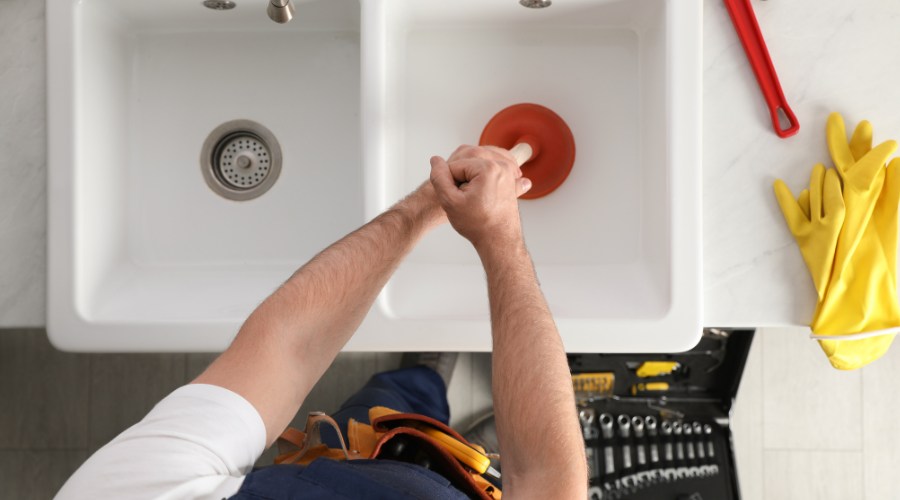
Reasons Why Double Kitchen Sinks Get Clogged
Food remnants scraped from plates during washing or preparationPreparation is the steps taken to ready a property, equipmen... More for the dishwasher can leadLead is a heavy metal that can be toxic to humans, especiall... More to blockages in kitchen sinks. Similarly, oils can contribute to clogs, highlighting the importance of knowing DIY methods to unclogTo unclog is to clear obstructions from pipes, drains, or eq... More drains. Below are key indicators of a clogged sink:
- Water that is very slow to drain or doesn’t drain at all
- Bad odors coming from the sink
- Garbage disposal is not functioning
- Water in the sink is brown
Cost to Unclog a Sink
If you are unsure of the best way to unclogTo unclog is to clear obstructions from pipes, drains, or eq... More your sink, or if you’d rather not devote your time to such tasks, opting to hire a professional plumber can be a convenient solutionA solution is a homogeneous mixture of two or more substance... More. When considering this option, it’s important to be aware of the costs involved. The fee for having a plumber unclogTo unclog is to clear obstructions from pipes, drains, or eq... More your drain can vary widely, typically ranging from $150 to $350 depending on the complexity of the job and your geographical location. On average, most homeowners find themselves paying approximately $250 for this service. This investment not only saves you time and effort but also ensures the job is done efficiently and effectively, preventing further plumbing issues down the line.
Some Ways to Unclog a Double Kitchen Sink
Unclogging a double kitchen sink follows a similar process to unclogging a single one. Below are effective methods to unclogTo unclog is to clear obstructions from pipes, drains, or eq... More your kitchen sink, ensuring it functions properly again:
Reset the Garbage Disposal
Typically, a clogged kitchen sink can be traced back to issues with the garbage disposal. Before attempting to diagnose the problem, prioritize safety by ensuring the garbage disposal is completely turned off to prevent it from activating during your inspectionInspection is the careful examination and assessment of a pr... More. Additionally, it’s wise to wear heavy-duty gloves to protect your hands throughout the process.
If you encounter standing water on the side of the sink with the garbage disposal, start by attempting to clear the blockage by plunging the drain. Should this method fail, the next step is to reset the disposal. This is a straightforward process: simply press the red reset button on the disposal unit, wait for ten minutes, and then run water while turning the disposal on to check its functionality. The red button should remain pressed down and flush with the surface of the unit. If it pops up, this could indicate an electrical issue.
If you think that the disposal is jammed, you can try to manually turn the blades. Use an Allen wrench to turn the blades via the hole on the bottom of the disposal. If the blades are not jammed, you can move on to the next way to unclogTo unclog is to clear obstructions from pipes, drains, or eq... More a kitchen sink.

Use a Plunger
This tool is exceptionally effective for unclogging kitchen sinks by utilizing water pressure. For double sinks, seal the unclogged side with either a rag or a basket strainer. Begin by filling the clogged sink with 4 to 5 inches of water, then vigorously plunge the drain for 20 to 30 seconds. Afterwards, remove the plunger swiftly to check if the water drains smoothly. Should the blockage persist, it is advisable to plunge several more times for optimal results.
Check & Clean Your P- Trap
If the initial attempt with a plunger proves ineffective, the subsequent course of action involves cleaning the P-trap—the curved section of the drain located beneath your sink. Begin by positioning a bucket underneath to catch any spillage. Proceed to dismantle the trap by loosening the slip nut to free the P-trap. After removing the slip nut and the nut at the base of the waste tee, clear any debris from the P-trap. Conduct a thorough inspectionInspection is the careful examination and assessment of a pr... More of the P-trap for any signs of cracks and replace as necessary. Finally, check the water flow and ensure there are no leaks.
Clean the Trap Arm
If your kitchen sink is still clogged, then try removing and cleaning the trap arm next. You can easily remove the P-trap and use pliers to remove the slip nut that is attached to the wall. You can then slide off the trap arm from the drain line stub-out. Finally, remove any debris you can find in the pipe stub-out using a long object that is sturdy such as a screwdriver. Then replace the piping and test the water once again.
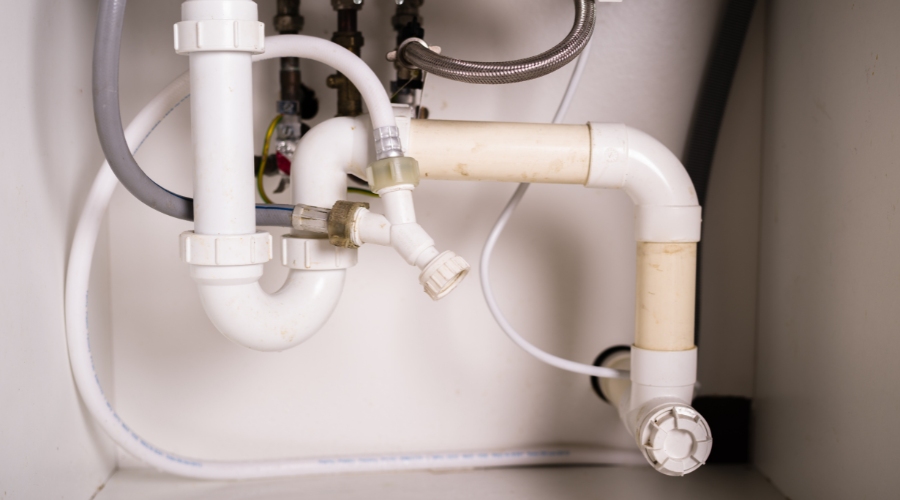
Use a Natural Drain Cleaner
Occasionally, addressing the buildup of grease and debris clogging your sink involves cleaning your kitchen drain. Crafting your own biodegradable drain cleaners ensures your pipes remain undamaged. Below are a few suggestions:
- Baking soda and vinegar:
Take ½ cup of baking soda and ½ cup of vinegar to each side of the sink. Make sure to cover the openings and let it sit for 10 minutes. Then, run a gallon of warm water down each side of the sink to flush out debris.
- Baking soda and salt:
Mix up baking soda and salt with a ratio 2:1 (1 cup baking soda and ½ cup of salt). Just put the mixture down the drain and let it sit for a few hours. Finally, pour some boiling water down the drain. Please note: You should only use boiling water if you have metal pipes. If you have PVC pipes, you can damage them with liquid that is above 140 degrees Fahrenheit.
- Use a drain snake:
If you do not have any success with cleaning the trap arm and P trap, you can use a drain snake. Loosen the setscrew on the snake and pull out about 8 to 10 inches of cable. Once the cable is out, retighten the setscrew. Next, spin the snake into the drain line. Keep turning the snake until there is resistance to find the clog. If you hit a curve in the drain, keep turning the snake while adding more cable by loosening the setscrew and retightening it once the cable is out. Once you’ve felt the tension in the cable loosening, that means you’ve unclogged the drain. Turn the crank counterclockwise to retract.
Professional Water Damage Restoration

Have you experienced water damage at your home or business? Licensed restorationRestoration is the process of returning a property to its pr... More contractors offer a full range of water damage restoration services to home and business owners that have experienced water damage or floodingFlooding is the overflow or accumulation of water in areas t... More on their property. Water damage technicians can clean, dry, and restore your property back to its original state quickly and efficiently using the proper tools and methods. If your home is affected because of a leak in your kitchen sink, do not hesitate to call the professionals to dry the area and restore the damage.










